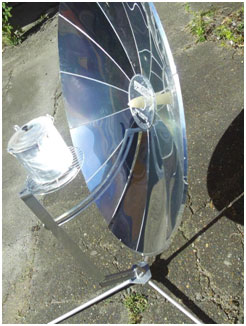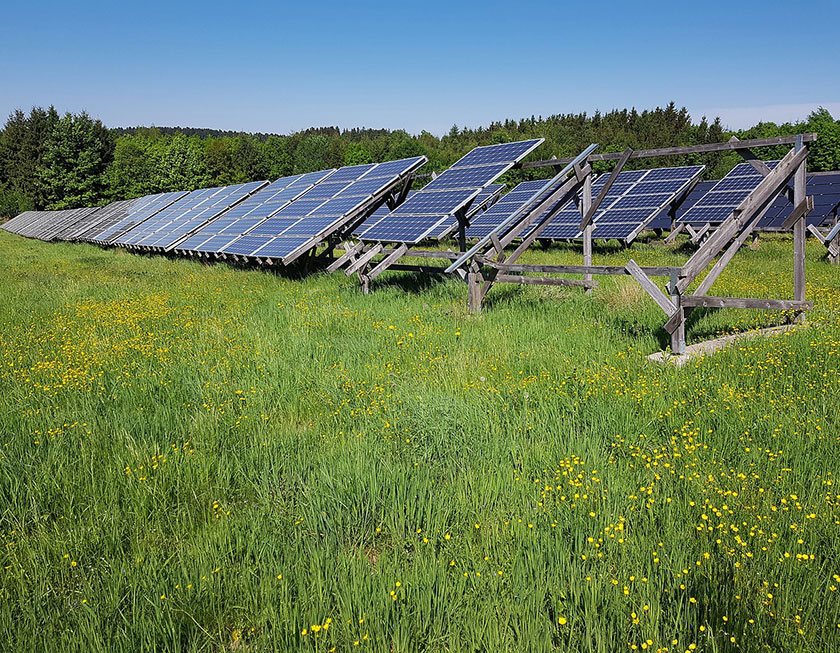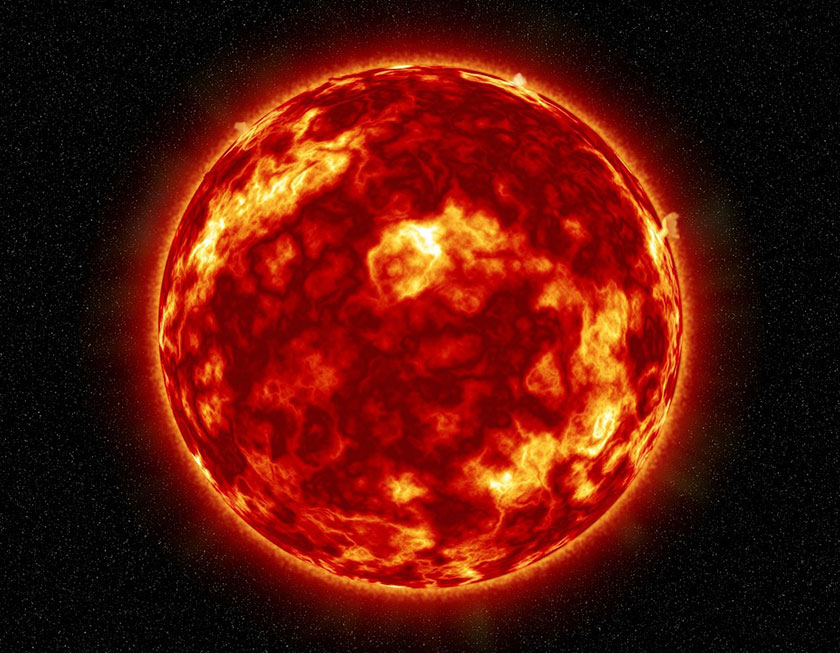
Evolution of Solar Energy Technologies
Solar energy was one of the pivotal elements in the formation of organisms on Earth and has been playing a crucial role throughout the evolution from the very beginning to date. Plants absorb solar energy and convert into biomass via a natural process called photosynthesis providing food, medicines, wood for furniture, and many more. Evaporation of water is predominantly governed by solar power hitting the Earth and is the driving force of hydrological cycle which is a decisive factor in determining the fate of living beings.
Nowadays, solar energy technologies have been generating braking technological and economic news bulletin. Anyway, use of solar energy is not a new concept. Even ancient civilizations had recognized the significance of solar energy and duty of the Sun. As such, many ancient civilizations had developed their own traditions to admire and praise the Sun for its precious contribution to their lives. Egyptians, Mayans, Greeks, Romans and many other ancient societies revered the Sun even as a god and worshipped. Mega structures or great temples devoted to the Sun clearly manifest how ancient people think of the Sun and its power!
Human beings have been utilizing energy from sunlight for thousands of years. Ancient Egyptians constructed their buildings so that their buildings absorb and trap heat coming from the Sun during daytime and release during night keeping the temperature at a moderate level. Ancient Romans also used sunlight to keep their homes warmer during the winter. Not only that some societies like ancient Greeks allegedly used solar energy as a weapon for mass destructions by focusing sunlight to set fire on their enemies’ ships!
Many prominent architects designed buildings so that the residents could enjoy maximum use of day lighting inside the buildings. And it is well-known that the use of sunlight was one of the most popular means used to dehydrate and preserve some foodstuff such as lemon, chilies, in ancient times. Then solar cooker was invented by Swiss physicist, Horace de Saussure in 1767 [1]. It seemed to be the very first vendible solar energy technology designed for cooking.

Image: A solar cooker [1]
Everything changed with time.
New solar energy applications and technologies were born with the growing attraction to renewable energy and concerns over climate change and pollution caused by fossil fuel burning. Different solar energy applications and different solar energy technologies are now on the market and ready to be purchased and used.
Solar energy has now become the fastest growing form of energy penetrating into the grids in many countries. Modern-day technology offers a wide range of solar energy applications and technologies which are grouped into three main classes below.
- Solar hot water systems and solar space heating/ cooling
- Concentrated solar thermal power
- Solar Photovoltaics
In addition, several other technologies have been developed but they are neither efficient nor economically feasible yet. While solar hot water systems and space heating were the first cost-effective technologies, concentrated solar power technologies and solar photovoltaics have attracted much attention and have been implemented in large-scale to generate electricity.
Each technology offers intrinsic benefits with their own technical and economic constraints. Let us discuss each of them, from next article.






 The amount of energy received by the Earth in one day is enough to fulfil the entire global energy demand for almost 7257 days
The amount of energy received by the Earth in one day is enough to fulfil the entire global energy demand for almost 7257 days 0.014% of the energy received by the Earth is equivalent to the entire global energy demand
0.014% of the energy received by the Earth is equivalent to the entire global energy demand
Recent Comments